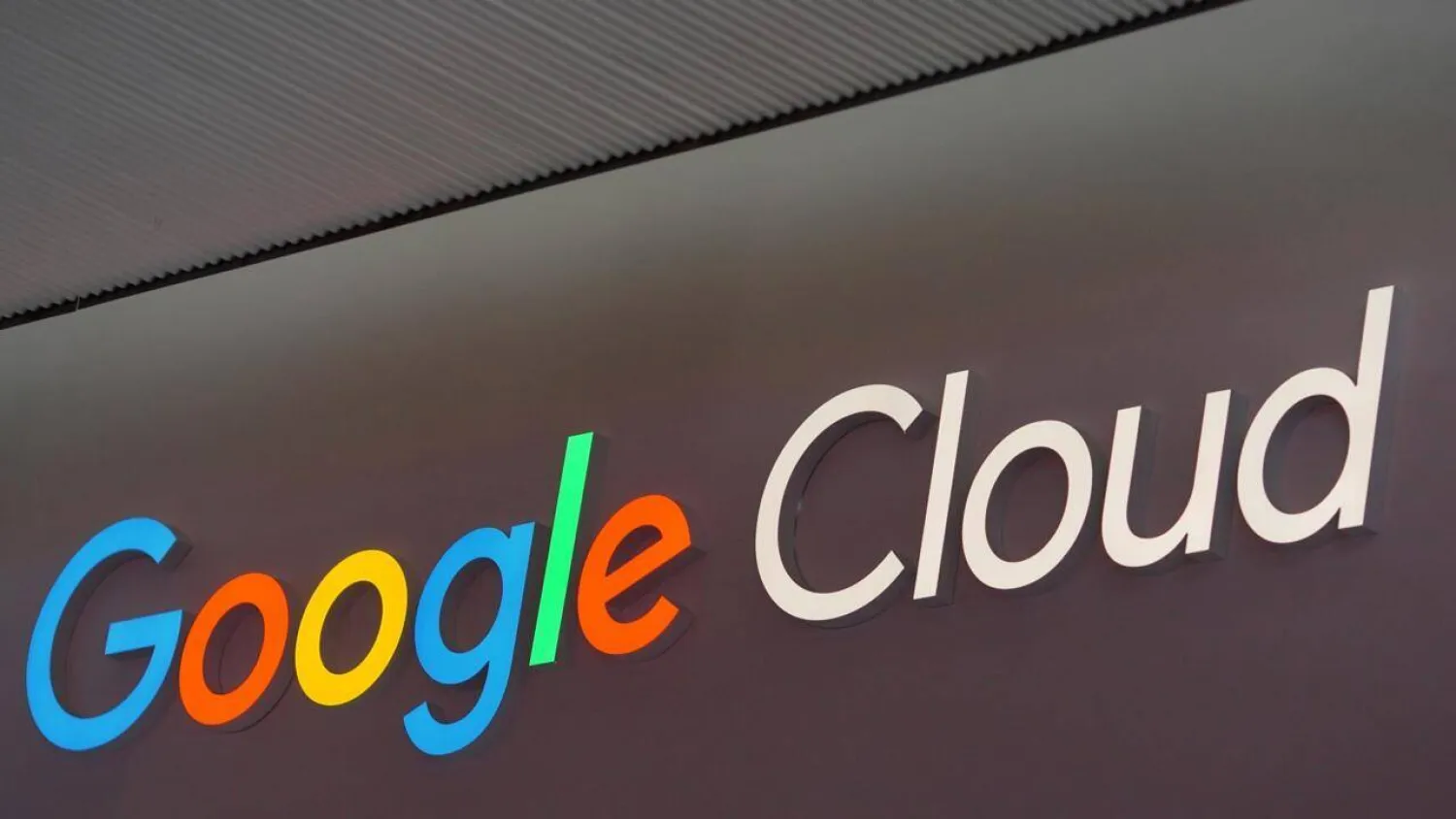Over the past 25 years, technological innovation has accelerated unprecedentedly, transforming societies worldwide. Historically, technologies like electricity and the telephone took decades to reach 25% of US households—46 and 35 years respectively. In stark contrast, the internet did so in just seven years. Platforms like Facebook gained 50 million users in two years, Netflix redefined media consumption rapidly, and ChatGPT attracted over a million users in merely five days. This rapid adoption underscores both technological advancements and a societal shift in embracing innovation.
Leading this wave was Google, a startup founded in a garage. In 1998, Google introduced the PageRank algorithm, revolutionizing web information organization. Unlike traditional search engines focusing on keyword frequency, PageRank assessed page importance by analyzing interlinking, treating hyperlinks as votes of confidence and capturing collective internet wisdom. Finding relevant information became faster and more intuitive, making Google’s search engine indispensable globally.
Amid the data revolution, a new computing paradigm emerged: machine learning. Developers began creating algorithms that learn from data and improve over time, moving away from explicit programming. Netflix exemplified this shift with its 2006 prize offering $1 million for a 10% improvement in its recommendation algorithm. In 2009, BellKor’s Pragmatic Chaos succeeded using advanced machine learning, highlighting the power of adaptive algorithms.
Researchers then delved into deep learning, a subset of machine learning involving algorithms learning from vast unstructured data. In 2011, IBM’s Watson showcased deep learning’s power on “Jeopardy!” Competing against champions Brad Rutter and Ken Jennings, Watson demonstrated an ability to understand complex language nuances, puns, and riddles, securing victory. This significant demonstration of AI’s language processing paved the way for numerous natural language processing applications.
In 2016, Google DeepMind’s AlphaGo achieved a historic milestone by defeating Go world champion Lee Sedol. Go, known for its complexity and intuitive thinking, had been beyond AI’s reach. AlphaGo’s victory astonished the world, signaling that AI could tackle problems requiring strategic thinking through neural networks.
As AI capabilities grew, businesses began integrating these technologies to innovate. Amazon revolutionized retail by harnessing AI for personalized shopping. By analyzing customers’ habits, Amazon’s algorithms recommended products accurately, streamlined logistics, and optimized inventory. Personalization became a cornerstone of Amazon’s success, setting new customer service expectations.
In the automotive sector, Tesla led in integrating AI into consumer products. With Autopilot, Tesla offered a glimpse into transportation’s future. Initially, Autopilot used AI to process data from cameras and sensors, enabling adaptive cruise control, lane centering, and self-parking. By 2024, Full Self-Driving (FSD) allowed cars to navigate with minimal human intervention. This leap redefined driving and accelerated efforts to develop self-driving vehicles like Waymo’s.
Healthcare also witnessed AI’s transformative impact. Researchers developed algorithms detecting patterns in imaging data imperceptible to humans. For example, an AI system analyzed mammograms to identify subtle changes predictive of cancer, enabling earlier interventions and potentially saving lives.
In 2020, DeepMind’s AlphaFold achieved a breakthrough: accurately predicting protein structures from amino acid sequences—a challenge that had eluded scientists for decades. Understanding protein folding is crucial for drug discovery and disease research. DeepMind’s spin-off, Isomorphic Labs, is leveraging the latest AlphaFold models and partnering with major pharmaceutical companies to accelerate biomedical research, potentially leading to new treatments at an unprecedented pace.
The finance industry quickly embraced AI. PayPal implemented advanced algorithms to detect and prevent fraud in real time, building trust in digital payments. High-frequency trading firms utilized algorithms executing trades in fractions of a second. Companies like Renaissance Technologies used machine learning for trading strategies, achieving remarkable returns. Algorithmic trading now accounts for a significant portion of trading volume, increasing efficiency but raising concerns about market stability, as seen in the 2010 Flash Crash.
In 2014, Ian Goodfellow and colleagues developed Generative Adversarial Networks (GANs), consisting of two neural networks—the generator and discriminator—that compete against each other. This dynamic enabled creating highly realistic synthetic data, including images and videos. GANs have generated lifelike human faces, created art, and assisted in medical imaging by producing synthetic data for training, enhancing diagnostic models’ robustness.
In 2017, Transformer architectures introduced a significant shift in AI methodology, fundamentally changing natural language processing. Developed by Google Brain researchers, Transformers moved away from traditional recurrent and convolutional neural networks. They rely entirely on attention mechanisms to capture global dependencies, allowing efficient parallelization and handling longer contexts.
Building on this, OpenAI developed the Generative Pre-trained Transformer (GPT) series. GPT-3, released in 2020, demonstrated unprecedented capabilities in generating human-like text and understanding context. Unlike previous models requiring task-specific training, GPT-3 could perform a wide range of language tasks with minimal fine-tuning, showcasing the power of large-scale unsupervised pre-training and few-shot learning. Businesses began integrating GPT models into applications from content creation and code generation to customer service. Currently, multiple models are racing to achieve “artificial general intelligence” (AGI) that understands, reasons, and creates content superior to humans.
The journey from algorithms to AI over the past 25 years is a testament to the seemingly limitless human curiosity, creativity, and relentless pursuit of progress. We’ve moved from basic algorithms to sophisticated AI systems that understand language, interpret complex data, and exhibit creativity. Exponential growth in computational power, big data, and breakthroughs in machine learning have accelerated AI development at an unimaginable pace.
Looking ahead, predicting the next 25 years is challenging. As AI advances, it may unlock solutions to challenges we perceive as insurmountable—from curing diseases and solving energy problems to mitigating climate change and exploring deep space. AI’s potential to revolutionize every aspect of our lives is vast. While the exact trajectory is uncertain, the fusion of human ingenuity and AI promises a future rich with possibilities. One wonders when and where the next Google or OpenAI may emerge and what significant good it may bring to the world!







